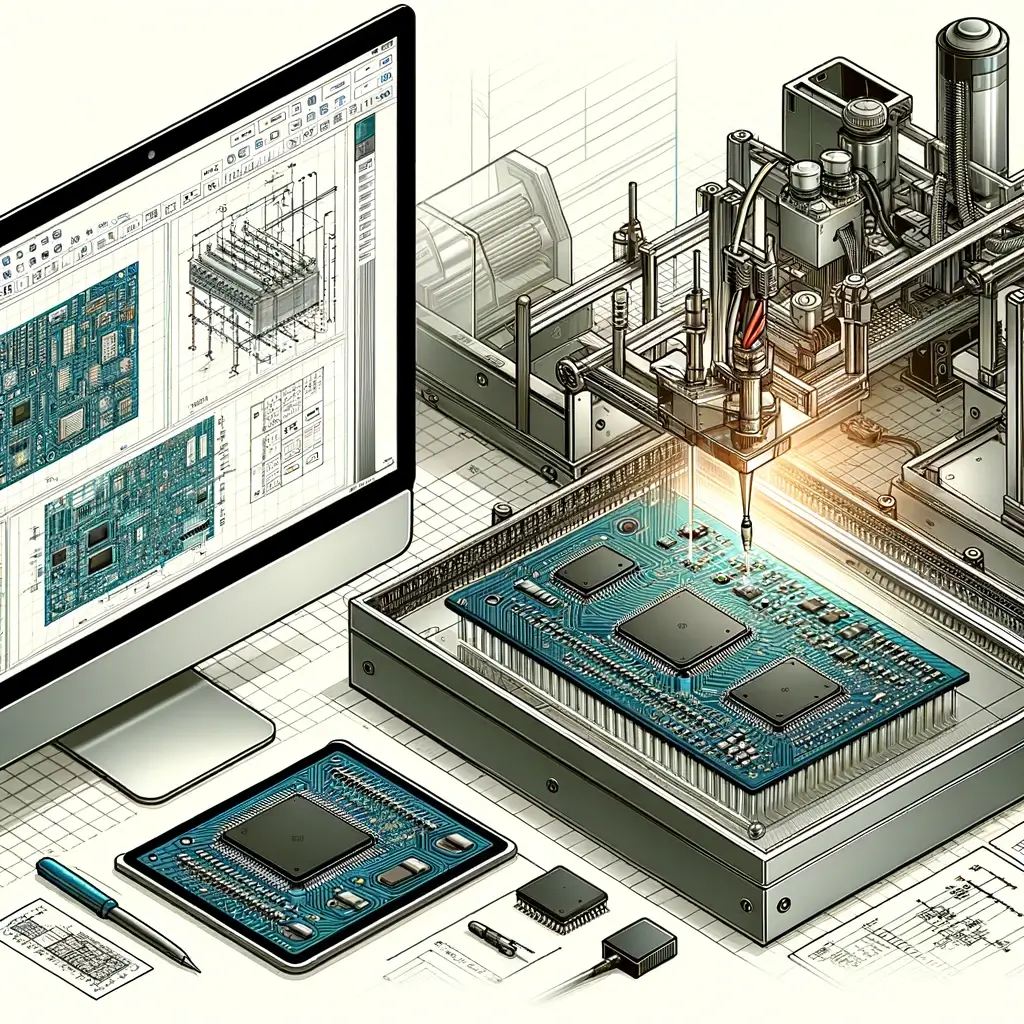Choosing the right solder paste is like buying a new car: the options can seem endless, and it’s really a matter of preference.
Lead vs. Lead-Free
Deciding whether to use lead or lead-free paste depends largely on the product’s end use and target market. Consumer markets have almost completely shifted away from traditional tin-lead paste because of the RoHS directive. The U.S. military and aerospace industries, however, still require tin-lead solder, having recieved exemptions from the directive.
The use of lead vs. lead-free solder is still hotly debated. Yet, in the end, lead-free is a reality if you’re interested in tapping into international, consumer markets. While lead-free solder may be more expensive, it would be both duplicative and costly to manufacture lead-free and tin-lead versions of the same product for markets in- and outside of Europe.
Mil-spec products use tradional tin-lead solder because, many experts agree, it’s less-costly, gentler on the board, better tested and more reliable. If you do not plan to tap into consumer markets, consider using tin-lead solder.
Water-wash vs. No-clean
Water-wash pastes are a standard option. After the printed wiring board passes through the reflow stage, flux residue is washed off, giving the board a cleaner look.
No-clean doesn’t require the extra step of cleaning, and is therefore quicker than water wash. However, no-clean is less common for aesthetic reasons. The flux’s function in no-clean is the same as water wash paste, but it leaves residue on the board, which doesn’t make for the best looking product. While some experts contend that flux residue left by no-clean becomes inert, others say that any residue left on the board could result in negative consiquences later in the product’s lifecycle.
Overall, deciding whether to use water-wash or no-clean is a question of cosmetics.
Selecting the Right Alloy Ratio
Determining the perfect solder paste alloy ratio is usually left up to an assembly shop’s manufacturing engineer. Manufacturing engineers have feel for the shop’s reflow ovens as well as which alloy ratios work best for the product. But it’s still important to understand the process by which specific alloy ratios are selected in order to fully understand your costs. Ask yourself:
- What strength and other required properties would work best for your assembly?
- What are the preferred soldering and the operating temperatures?
- What materials are being soldered? What is most compatible with them?
- Consider the malleability and ductilibility of the different alloys and metals.
- What is the operating environment of the complete assembly? Will it operate in extreme temperatures or subject to vibration or high pressure?
Pb (lead): The most common solder paste is a SnPb (tin/lead) combo. Most boards will used a 63Sn/37Pb (63% tin/37% lead) alloy ratio, although this depends on many factors, as mentioned above. Higher reliability variations contain a touch of silver, as in Sn62/Pb36/Ag2 (62% tin/36% lead/ 2% silver). There are many ratios, but these are the most common.
Pb Free: For high reliability, SAC405 (more silver than SAC305) and SnlnCe (great for thermal cycling performance) are the most common. For lower cost solder paste, Sn992, SAC105, and SAC0307 are recommended. And for low melting point, eutectic alloys such as BiSn, BiSnAg, and InSn are the most common.
PCB industry partial of keywords:
China Pcb manufacturer , pcb prototype, pcb prototype, PCB LED, custom pcb, pcb board, multilayer pcb, Led aluminum pcb, circuit board pcb, fr4 pcb, pcb board manufacturer, pcb board assembly, 94v0 pcb, 94v0 pcb board, pcb factory, pcb assembly service, pcb fabrication, aluminum pcb board, aluminum pcb for led, pcb supplier, 94v0 pcb board, shenzhen pcb manufacturer, led pcb assembly, 94v0 rohs pcb board



